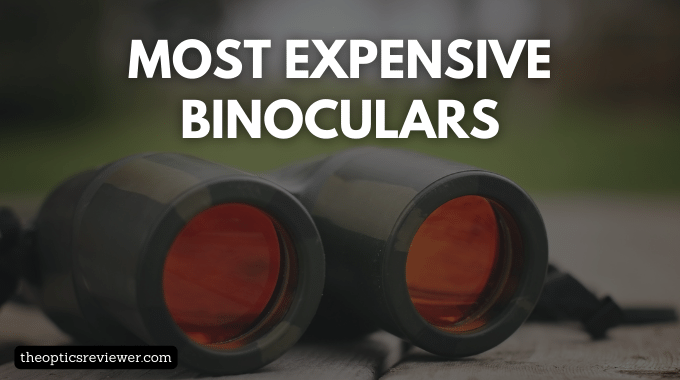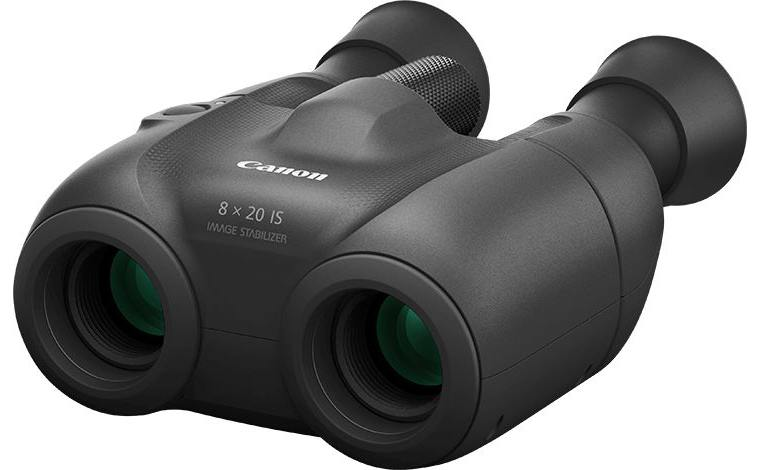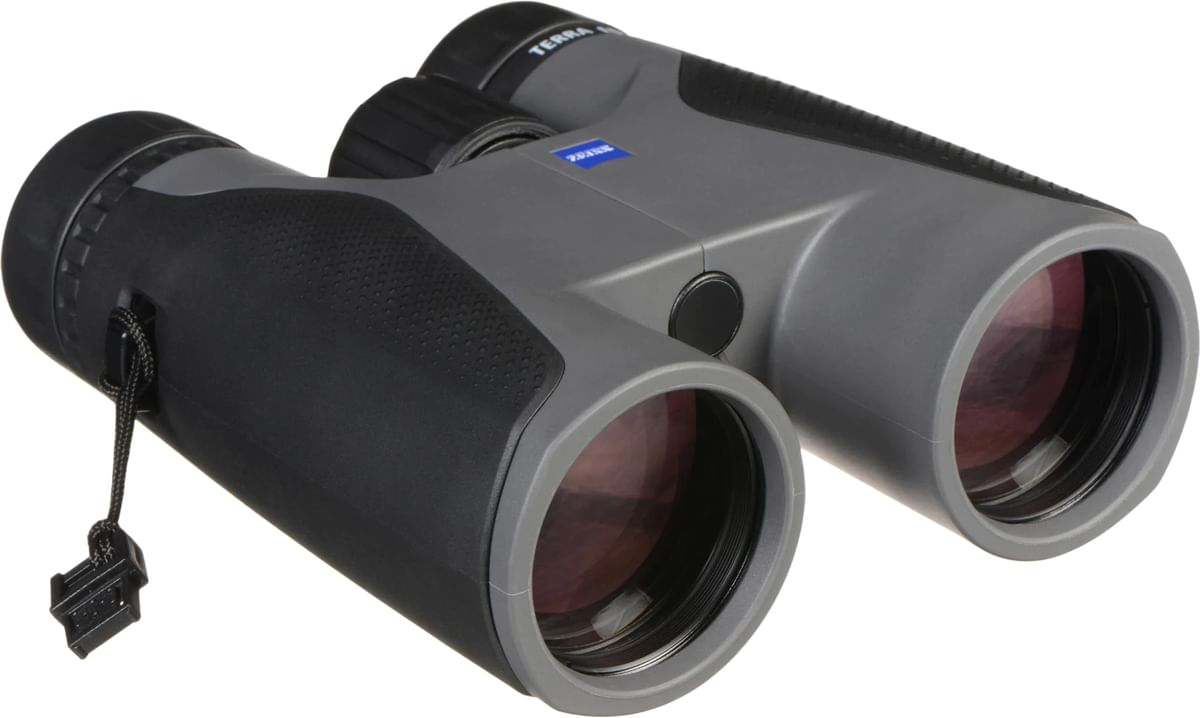Binoculars are indispensable tools for enthusiasts, professionals, and adventurers alike. They allow us to observe distant objects with clarity and detail. But have you ever wondered what makes up these fascinating optical devices?
Binoculars
Binoculars, often referred to as binos, are optical instruments consisting of two parallel telescopes mounted side by side, allowing for simultaneous use with both eyes. They are commonly used for various activities such as birdwatching, stargazing, hunting, and sports events.
Anatomy of Binoculars
Objective Lenses
At the front of the binoculars are the objective lenses. These lenses gather light and form the initial image. They play a crucial role in determining the brightness and clarity of the view.
Role and Function
The objective lenses collect light from the object being observed and focus it to produce an image.

Types of Objective Lenses
Objective lenses come in different sizes, typically measured in millimeters. Larger objective lenses gather more light, resulting in brighter images, especially in low-light conditions.
Eyepieces
Located near the user's eyes, the eyepieces further magnify the image produced by the objective lenses. They are essential for achieving proper eye relief and comfortable viewing.
Importance and Function
Eyepieces allow users to adjust the magnification level and focus of the binoculars to suit their preferences and needs.
Types of Eyepieces
Binoculars may feature various types of eyepieces, including fixed, zoom, and wide-angle eyepieces, each offering distinct advantages in terms of field of view and comfort.
Prism System
Binoculars employ prisms to correct the orientation of the image and reduce the overall size of the optical system. The prism system contributes to compactness and ensures a correctly oriented view.
Explanation of Prism System
Prisms are the part of binoculars that serve to bend the light path, redirecting it to produce an upright and properly oriented image.
Types of Prisms Used
The most common types of prisms used in binoculars are Porro prisms and roof prisms, each with its unique advantages in terms of optical performance and compactness.
Focus Mechanism
The focus mechanism allows users to adjust the focus of the binoculars to achieve sharp images at different distances. It is essential for achieving clarity and detail in observations.
Different Focusing Mechanisms
Binoculars may feature various focusing mechanisms, including center focus, individual eyepiece focus, and autofocus systems, each offering different levels of convenience and precision.
How to Focus Binoculars
To focus binoculars, users typically adjust the focus wheel or individual eyepieces until the observed image appears sharp and clear.
Body and Chassis
The body and chassis of binoculars house the optical components and provide structural support. They are often designed to be lightweight, durable, and ergonomic for comfortable handling.
Materials Used
Binocular bodies are commonly constructed from materials such as plastic, aluminum, or magnesium alloy, chosen for their strength and weight-saving properties.
Design Considerations
Design factors such as ergonomics, weather resistance, and durability are carefully considered in the construction of binocular bodies to ensure optimal performance and user comfort.
Coatings and Treatments
Optical coatings and treatments are applied to various surfaces within the binoculars to improve light transmission, reduce glare, and enhance image quality.
Importance of Coatings
Coatings help minimize light loss and unwanted reflections, resulting in brighter, sharper, and more contrast-rich images.
Types of Coatings and Treatments
Common coatings include anti-reflective coatings on lens surfaces, phase correction coatings on prisms, and hydrophobic coatings to repel water and debris.
Accessories for Binoculars
Several accessories are available to enhance the usability and protection of binoculars, including carrying cases, neck straps, and lens covers.
Carrying Cases
Carrying cases provide convenient storage and transportation options for binoculars, protecting them from dust, moisture, and impacts.
Neck Straps
Neck straps allow users to carry binoculars comfortably around their necks, keeping them readily accessible during outdoor activities.
Lens Covers
Lens covers protect the objective lenses and eyepieces from scratches, dust, and moisture when the binoculars are not in use, prolonging their lifespan.

Maintenance of Binoculars
Proper maintenance is essential for preserving the optical performance and longevity of binoculars. Regular cleaning and storage practices can help prevent damage and ensure optimal viewing experiences.
Cleaning Procedures
Binoculars should be cleaned using a soft brush or cloth to remove dust and debris, followed by a gentle wipe with a lens cleaning solution and microfiber cloth for smudges and fingerprints.
Storage Tips
When not in use, binoculars should be stored in a dry, cool environment, preferably in a protective case or pouch to shield them from dust, moisture, and accidental damage.
Choosing the Right Binoculars
Selecting the right binoculars depends on various factors such as intended use, magnification, objective lens size, and budget considerations.
Factors to Consider
Considerations include the magnification power, field of view, exit pupil diameter, and optical quality to ensure the chosen binoculars meet your specific needs and preferences.
Budget Considerations
Binoculars are available at a wide range of prices, from budget-friendly options to high-end models with advanced features. It's essential to balance performance and features with your budgetary constraints to find the best value for your investment.
Common Mistakes to Avoid
While using binoculars, there are some common mistakes that users should be aware of to maximize their effectiveness and longevity.
Misuse of Binoculars
Improper handling or misuse of binoculars can lead to damage or decreased performance. Avoid dropping or subjecting them to excessive shock, and always use lens caps when not in use to protect the lenses from scratches.
Ignoring Maintenance
Neglecting regular maintenance routines can result in the accumulation of dirt, dust, and moisture, affecting optical clarity and functionality. Make it a habit to clean and store your binoculars properly after each use.
Applications of Binoculars
Binoculars have a wide range of applications across various activities and industries, owing to their versatility and portability.
Wildlife Observation
Binoculars are indispensable tools for wildlife enthusiasts, allowing them to observe animals in their natural habitats with precision and clarity, without disturbing or endangering them.
Birdwatching
Birdwatchers rely on binoculars to spot and identify birds from a distance, enabling them to enjoy bird watching experiences with enhanced detail and clarity.
Astronomy
Amateur astronomers use binoculars as convenient and portable alternatives to telescopes for stargazing and celestial observation, offering wide-field views of the night sky and celestial objects.
Advancements in Binocular Technology
The field of binocular technology has seen significant advancements in recent years, leading to the development of innovative features and functionalities.

Digital Binoculars
Digital binoculars integrate digital imaging technology with traditional optical systems, allowing users to capture photos and videos of their observations directly through the binoculars.
Image Stabilization
Image stabilization technology minimizes shake and vibrations, providing users with steady and clear views, even at high magnifications or in challenging conditions such as while onboard a moving vehicle.
Conclusion
Binoculars are remarkable optical instruments that offer users the ability to explore and appreciate the world around them with unparalleled clarity and detail. Understanding the various parts and functionalities of binoculars is essential for maximizing their performance and longevity. Whether you're a nature enthusiast, a sports fan, or an amateur astronomer, choosing the right binoculars and caring for them properly can enhance your viewing experiences and ensure years of enjoyment.
FAQs (Frequently Asked Questions)
What are the best binoculars for birdwatching?
The best binoculars for birdwatching depend on individual preferences and budget. Look for models with high-quality optics, comfortable ergonomics, and appropriate magnification levels for birdwatching.
How do I clean my binocular lenses?
To clean binocular lenses, use a soft brush or cloth to remove dust and debris, then gently wipe the lenses with a lens cleaning solution and a microfiber cloth to remove smudges and fingerprints.
Can I use binoculars for stargazing?
Yes, binoculars can be used for stargazing, providing wide-field views of the night sky and celestial objects. Look for models with large objective lenses and moderate magnification for optimal stargazing experiences.
What is the difference between Porro prisms and roof prisms?
Porro prisms are characterized by their offset design, which results in greater depth perception and a wider field of view. Roof prisms, on the other hand, offer a more compact and streamlined design, ideal for lightweight and portable binoculars.
Are there waterproof binoculars available?
Yes, many binocular models are waterproof or water-resistant, making them suitable for use in wet or rainy conditions. Look for binoculars with sealed and nitrogen-filled housings for enhanced waterproofing capabilities.
